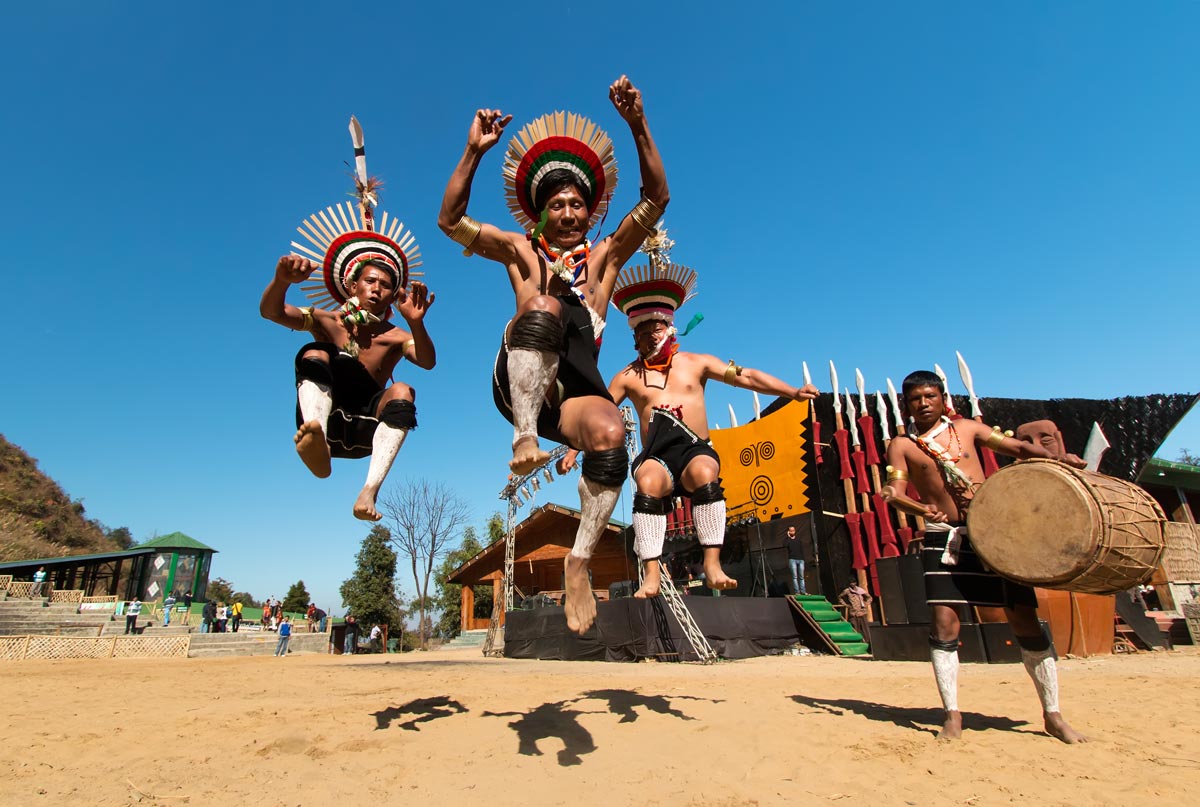Nagaland is located on the eastern edge of India and one of the least explored states. It is home to a variety of tribal communities, sixteen tribes in all, each one varied in its costume, tradition, cuisine and architecture. They are now strongly bonded with ties of language and religion. The famous tattooed headhunting tribes like the Konyaks, also call this land home.
The state capital, Kohima, is also the site of the famous World War II war memorial. The battle of Kohima, also called the ‘Stalingrad of the East’, changed the course of the war for the Japanese and is forever immortalized amongst the scenic hills of Kohima.
The famous Hornbill Festival was launched by the Government of Nagaland in December 2000 to encourage intertribal interaction and to promote cultural heritage of the state. All the tribes of Nagaland take part in this festival. The aim of the festival is to revive and protect the rich culture of Nagaland and display its history, culture and traditions. It has transformed itself into a hub of cultural amalgamation with tourists pouring in to savour the native culture of the state.
The native handicrafts are exquisite in detail and make for great souvenirs. The cuisine is very different from the normal ‘Indian’ food and is a strange, but very delicious, combination of flavors and textures.
Nagaland is a paradise for nature lovers. The climate and terrain facilitate the flourishing of a large array of species of flora and fauna. One could choose to explore the “valley of flowers” known as Dzukou valley or go in search of the rare and endangered Blyth’s Tragopan pheasant.
The state continues to be a distinctive tourist choice for travels beyond the conventional.


